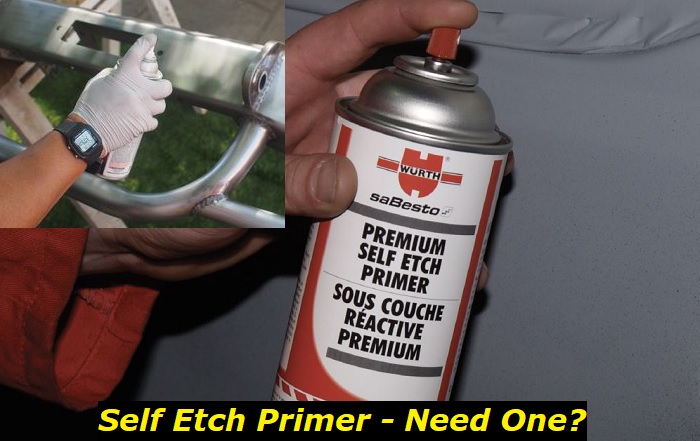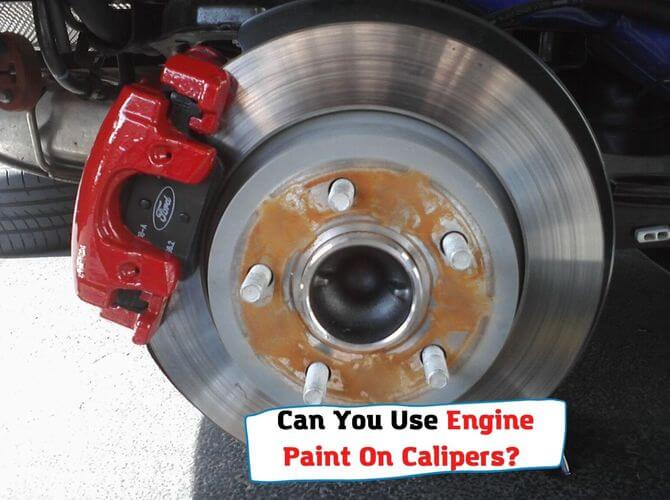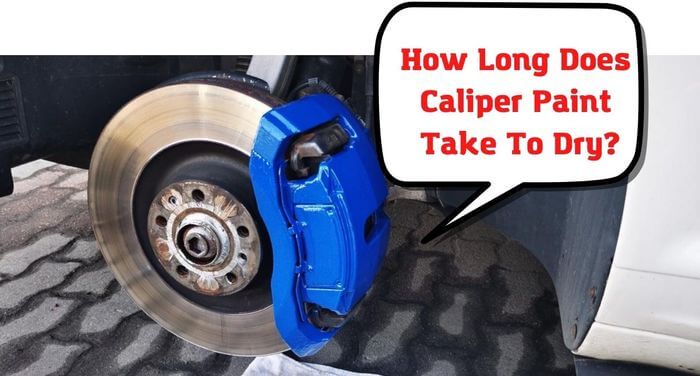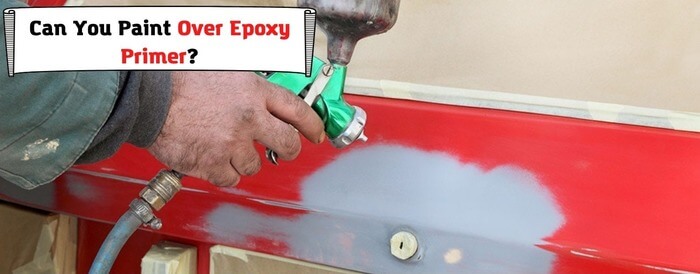When starting a new painting project, it is important to know what type of primer to use to get the best results. In this blog post, we will discuss whether you need to use etch primer on bare metal before painting.

What Is Etch Primer?
An etch primer is a primer used to promote better paint adhesion on bare metal surfaces. It is also used to help protect the metal from corrosion. Etch primers typically contain zinc or phosphoric acid, which chemically react with the metal to create a rougher surface for the paint to adhere to.
Etch primers are not always necessary, but they can be helpful in certain situations. If you paint over bare metal, an etch primer can help the paint adhere better and last longer. It can also help prevent rust on metal surfaces that will be exposed to the elements.
When Is an Etch Primer Necessary?
When it comes to painting metal, the big question is always: do I need to use an etch primer? The short answer is that it depends on the type of metal you’re painting and the paint you’re using. Here’s a quick rundown of when you should use an etch primer.
If you’re painting aluminum or any other non-ferrous metal, you don’t need to use an etch primer. Just be sure to clean the surface before painting thoroughly. An etch primer is a good idea if you’re painting ferrous metal (like steel). It will help the paint to better adhere to the surface.
Does Bare Metal Need to Be Etch Primed before Painting?
Using an etching primer before painting bare metal can create a more durable finish. Primers contain chemicals that etch the surface providing a smoother surface for the paint to adhere to.
Some professionals feel that an etching primer is necessary before painting any bare metal object. In contrast, others believe that it’s not always necessary and prefer to use a different type of primer if one is desired. There are pros and cons to both sides of the argument, so it ultimately comes down to personal preference.
Here’s a look at the pros and cons of etching bare metal before painting.
Bare metal finishing is a popular option for restoring old furniture and other items. There are pros and cons to etching before painting, so it’s important to weigh the benefits of each option before making a decision. Here are some things to consider:
- Bare metal finishes look more antique and period correct than painted finishes.
- Etching can create a smooth or textured surface.
- Paint may chip or peel when applied over an etching, but this can be fixed with a coat of paint sealant.
- Etching is more expensive than painting, but it’s also less time-consuming and doesn’t require any special tools or skills.
How To Apply Etch Primer?
Etch primer is applied before painting metal surfaces. It is important to follow the directions on the etch primer can when applying it.
Steps:
- Be sure to carefully read the directions on the can before starting.
- If possible, make a test application on a scrap piece of metal or glass to ensure you are satisfied with the results.
- Make sure the surface you are working on is clean, dry, and free of grease or other contaminants.
- Apply the etch primer evenly to the surface using a brush, roller, paint gun, or spray can.
- Allow the primer to dry completely according to the instructions on the can.
Steps Of Painting Bare Metal
When painting metal, a few steps must be followed to produce a quality finish.
The preparation of the bare metal to be painted begins with giving it a thorough cleaning. The metal may have a clean appearance and feel, but grease, oil, grime, or rust on the surface will prevent the paint from sticking correctly to the surface.
If you want to clean metal properly, you should not use water but rather a solvent such as acetone. It will dry in a short time and leaving the surface clean. If it may be necessary, apply a rust remover in advance to clear off any surface rust. After the metal has been meticulously cleaned, you should avoid touching it at all costs since the oil from your skin has the potential to re-soil it.
Then, the surface must be prepped with a primer to ensure good adhesion between the paint and the metal. After the primer is applied, you can start painting your design. Be sure to regularly check the progress of your project by looking for dry brush marks or areas where paint has flaked off.
How to Choose the Best Etch Primer?
When choosing the best etch primer for your project, there are a few things to consider. The type of metal you are working with is the most important factor. Aluminum, for example, requires a different type of primer than steel. Other factors to consider include the climate you are working in and the type of paint you will be using. Here are a few tips to help you choose the best etch primer for your project:
- Read the labels on the products carefully. This will give you important information about the product, such as what type of metal it is designed for and how long it takes to dry.
- Test the product on a small area before using it on the entire project. This will help you ensure its effectiveness.
What Can Go Wrong if You Don’t Use an Etch Primer
When you paint metal, you probably don’t give much thought to the primer you use, but if you’re like most people, you probably don’t. However, if you don’t use an etch primer, you can be putting yourself in a position where you’ll have to deal with some significant issues down the road.
This is why: Etch primers have been developed with the sole purpose of adhering to metal surfaces. They have chemicals that etch into the metal, producing a surface that the paint can adhere to and hold onto.
If an etch primer is not used, the paint will have a much more difficult time adhering to the metal and will have a greater chance of peeling or chipping off over time. If you do not use an etch primer, even high-quality paint will not function as effectively on a metal surface as if applied directly to the metal.
What Are the Benefits of Using Etch Primer?
If you’re painting bare metal, you may wonder if you need to use etch primer. Etch primer is a type of primer that helps improve paint’s adhesion to metal surfaces. It creates a slightly smooth surface for the paint to adhere to. There are several benefits to using etch primer on bare metal before painting.
First, it helps prevent paint from peeling or flaking off the metal surface. Second, it helps to ensure that the paint has a good grip on the metal, which can help improve the paint job’s durability. If you’re planning on painting bare metal, etch primer is definitely worth considering.
The Benefits of a Quality Paint Job
You’ve made up your mind that you want to give your automobile a new coat of paint. To begin painting, is an etch primer necessary on the bare metal? It is easy to see the value of investing in a decent paint job. A high-quality paint job will not only make your vehicle look great but will also shield it from the damaging effects of the environment. A bad paint job, on the other hand, might leave your vehicle susceptible to rust and other forms of damage.
Primers come in a wide variety, but one kind called etch primer is one that helps paint stick to metal surfaces. Additionally, it contributes to the metal’s resistance to rust and corrosion. Always use an etch primer on bare metal before you begin painting it. Because of this, your paintwork will look great for many years to come.
Conclusion
Etch primer is an important step in painting, but it is not always necessary. It depends on the surface you are painting and the paint you are using.
Before painting bare metal, it is always recommended to apply an etch primer to the surface. This will assist in preventing corrosion and other damage to the metal and give the ideal surface for your paint to stick to.
- Can You Unmix Paint: Techniques, Consequences, Alternatives - February 23, 2024
- Does Primer Need to be Mixed? Effective Primer Application - February 22, 2024
- How to Make Old Paint Usable Again: Retrieving and Preserving Paint - February 21, 2024



